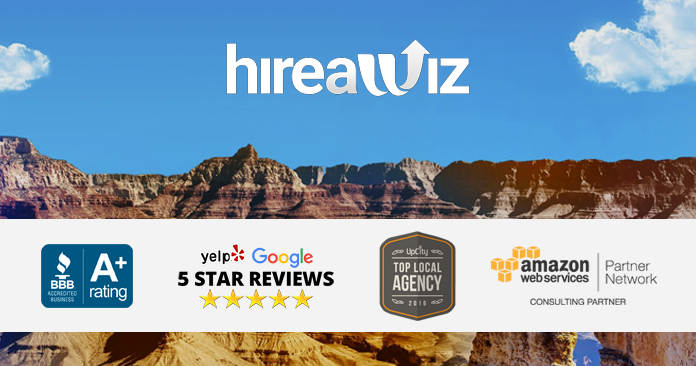Some content marketers create content first, and then go looking for places to distribute it. That’s backwards. Instead, what you want to do is figure out where your target market is already congregating online, and then create content for these specific channels. For best results, you’ll want to create custom content for specific channels. For example, a “how to” article you post as a guest blogger is going to be a bit different than content you’re using to create a viral effect on social media. Of course understanding your audience comes into play here again. You need to understand:
- How your audience uses content. Is it for entertainment? For research?
- What format your audience prefers. Text? Video? Audio? Live events?
- The length of the content. Do they prefer short snippets of information, or long tomes where they can get everything they need in one place?
Step 1: Create Content Around Your Business Goals
Now that you know what your audience wants, your next step is to consider what you’re hoping to accomplish with your content. For example, is the goal of a particular piece of content to:- Bring people into your sales funnel?
- Build value for your offer?
- Get others to spread your marketing message?
- Build relationships?
- Short yet impactful tips, quotes or other snippets for social media (especially Twitter).
- “How to” content.
- FAQs.
- Evergreen content (for blogs and autoresponders).
- Industry news.
- Opinions and commentaries.
- Trending (“hot”) topics.
- List articles (e.g, “Top 10 Ways to” article).
- Resource and gear lists.
- Tips articles.
Step 2: Create High-Value Content
You can’t ask for the sale (or even necessarily get someone into the entry point of your funnel) until you demonstrate value. That’s what your content should do. It should solve your prospects’ problems while also showcasing your expertise. Point is, you can’t ever create content that offers too much value. The more value you provide, the more effective your calls to action will be. So focus on providing value first, and it will be much easier to get your readers to take action later. And finally?Step 3: Promote Your Content
Yes, your content may be designed to bring in traffic and promote your business. To really maximize these benefits, you need to actively promote your content. This means you must distribute it in multiple formats (such as text, video and perhaps even audio), as well as across multiple channels. Some of your content promotion strategies might include:- SEO (search engine optimization).
- Guest blogging.
- Social media marketing.
- Video marketing.
- Viral marketing.
- Paid marketing (such as pay per click advertising).
